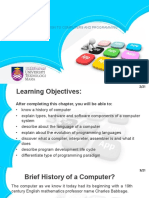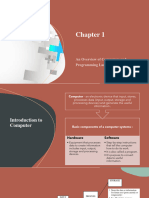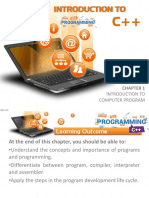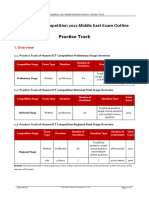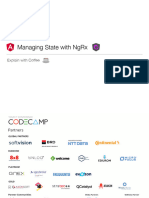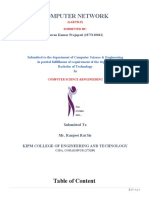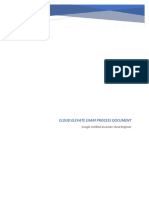0% found this document useful (0 votes)
13 views35 pagesChapter-1 Java
Java cc102
Uploaded by
Russell JunioCopyright
© © All Rights Reserved
We take content rights seriously. If you suspect this is your content, claim it here.
Available Formats
Download as PDF, TXT or read online on Scribd
0% found this document useful (0 votes)
13 views35 pagesChapter-1 Java
Java cc102
Uploaded by
Russell JunioCopyright
© © All Rights Reserved
We take content rights seriously. If you suspect this is your content, claim it here.
Available Formats
Download as PDF, TXT or read online on Scribd
/ 35
